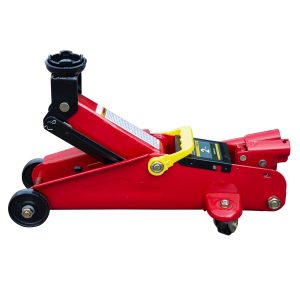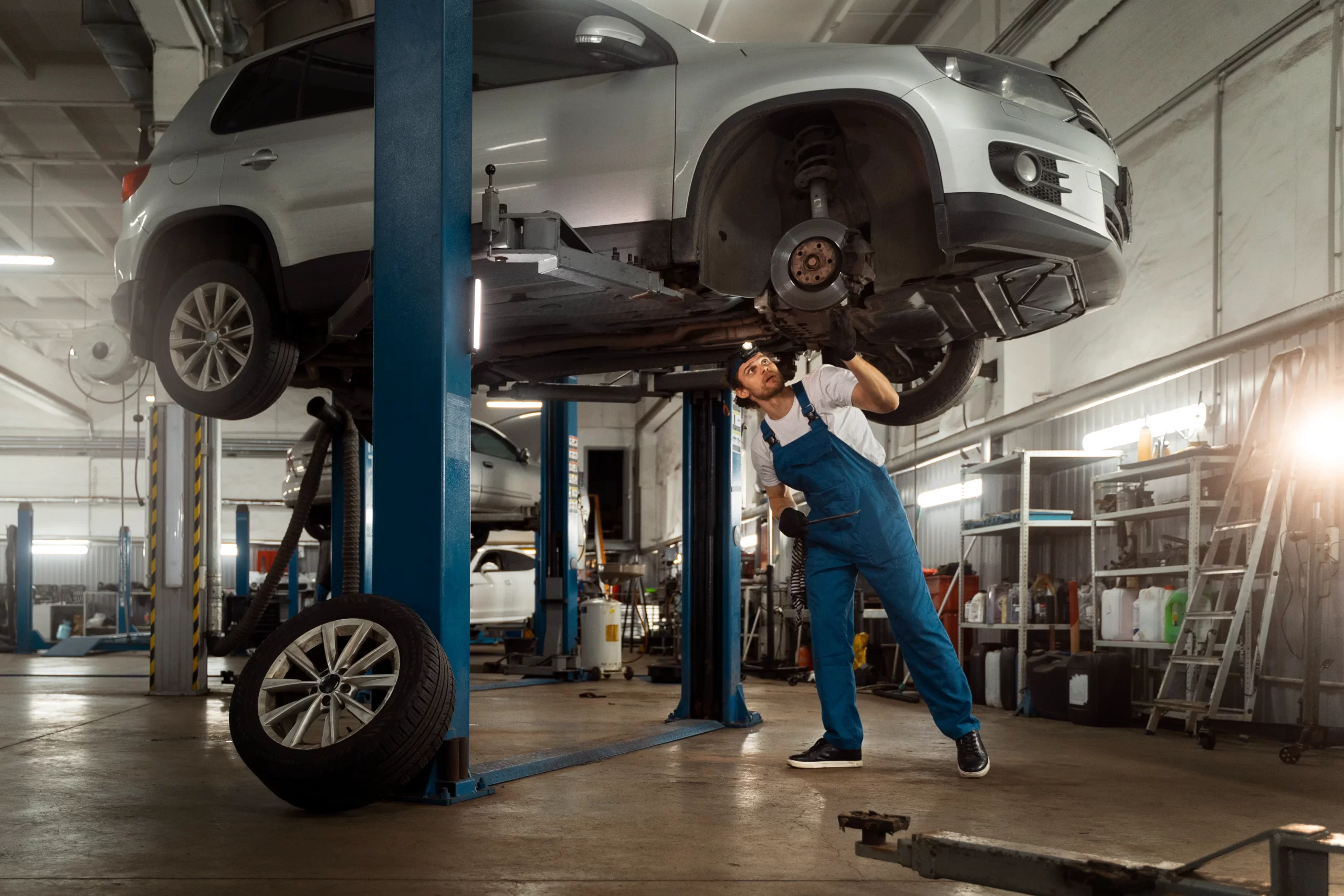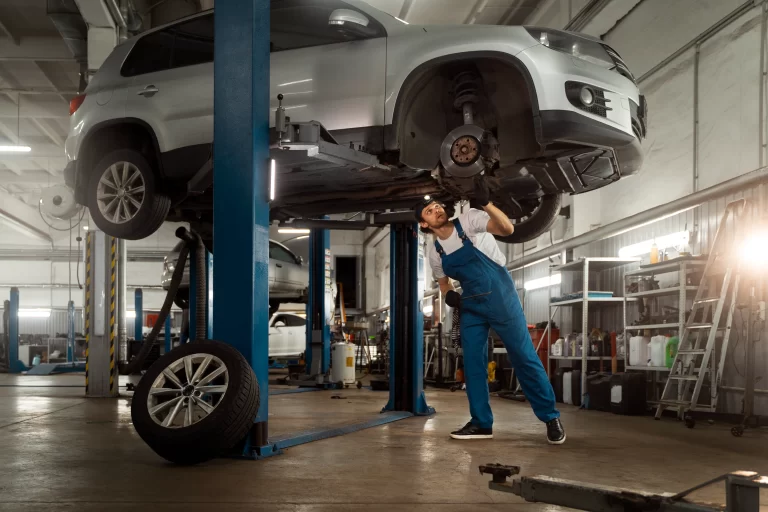Introduction
A floor jack is an essential tool for lifting vehicles and other heavy objects, making it indispensable for mechanics and car enthusiasts. However, improper use of a floor jack can lead to severe accidents, property damage, or even fatal injuries. This article delves into the safety precautions necessary when using a floor jack and the reasons why this tool is a crucial component in automotive maintenance and repair.
Necessity of Using a Floor Jack
A floor jack is designed to lift heavy loads efficiently and safely. The necessity of using a floor jack arises in various situations, including:
1. Vehicle Maintenance and Repair
Many routine and emergency repairs require a vehicle to be lifted off the ground. These include:
- Changing a flat tire
- Performing brake inspections and replacements
- Checking or replacing the suspension system
- Conducting undercarriage inspections
2. Safety and Efficiency
Using a floor jack significantly reduces the effort required to lift a vehicle, ensuring safe and controlled elevation. Compared to makeshift lifting methods, a floor jack provides a stable and sturdy mechanism that minimizes risks.
3. Precision and Versatility
A floor jack allows users to lift a vehicle to the desired height with precision, making it easier to work underneath safely. It is also versatile, being used for different vehicle types, from small cars to heavy-duty trucks.
Precautions When Using a Floor Jack
To ensure safe usage and prevent accidents, several precautions must be observed when handling a floor jack.
1. Use the Right Type of Jack
Selecting the appropriate jack for the vehicle is crucial. Floor jacks come in various weight capacities, typically ranging from 2 to 5 tons. Ensure the jack’s capacity matches or exceeds the weight of the vehicle.
2. Place the Vehicle on a Level Surface
Always use a floor jack on a flat, stable surface. Uneven or sloped surfaces can cause the jack to shift or tip over, leading to instability.
3. Engage the Parking Brake and Use Wheel Chocks
Before lifting the vehicle, engage the parking brake to prevent rolling. Additionally, place wheel chocks behind or in front of the tires to further secure the vehicle.
4. Identify and Use Proper Jack Points
Vehicles have designated jack points, typically located near the wheels along the frame. Placing the jack in an improper location can cause damage to the vehicle’s undercarriage or lead to dangerous instability.
5. Do Not Rely Solely on the Floor Jack
A floor jack is meant for lifting, not sustaining weight for extended periods. Once lifted, always support the vehicle with jack stands before working underneath. This precaution prevents accidents in case the jack fails.
6. Inspect the Floor Jack Before Use
Regularly check the jack for any signs of wear, leaks, or malfunctioning parts. Using a defective jack can result in sudden failure, causing injury or damage.
7. Lift Smoothly and Gradually
Operate the jack’s handle in slow, controlled movements. Rapid lifting can cause instability, increasing the risk of the vehicle shifting or tipping.
8. Avoid Exceeding the Jack’s Weight Limit
Overloading a jack can cause mechanical failure. Always check the weight rating of the jack and ensure it can safely support the vehicle.
9. Lower the Vehicle Carefully
When lowering the vehicle, do so slowly and smoothly. Abrupt lowering can cause damage to the suspension and create a hazardous situation.
10. Store the Jack Properly
After use, store the floor jack in a dry and clean environment. Keeping it in good condition prolongs its lifespan and ensures safety during future use.
Conclusion
A floor jack is a vital tool in vehicle maintenance and repair, offering safety, efficiency, and precision. However, it must be used with the right precautions to avoid accidents and injuries. By following proper safety measures—such as selecting the appropriate jack, using jack stands, and working on level ground—users can ensure a secure lifting experience. Whether for routine maintenance or emergency situations, a floor jack remains an indispensable tool when handled responsibly.


